
Toluene Based Inks Usage In Packaging Material Contradicts The Food Grade Concept
Toluene (methylbenzene) is an aromatic

Toluene (methylbenzene) is an aromatic

Rising sustainability concerns within developing Asia, a key growth vector, make understanding the consumer perspective critical to capturing the growth opportunity for packaging companies.
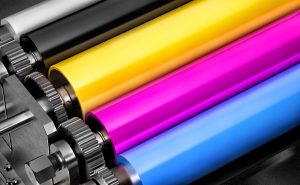
The packaging is an essential tool utilized by the food business operators to differentiate the products from others. Beyond shelf appeal, packaging also provides protection to the products form physical, chemical, and microbiological hazards. Packaging materials can be a source of chemical contamination and may impact food safety and food quality. Among the different components of packaging material, packaging inks play a vital role as they might hamper product and consumer safety. Each packaging ink is a mixture of different chemicals and some of these chemicals might be harmful while holding the potential to migrate to the foodstuff when getting in contact. In terms of risk, the chemicals could be toxic, carcinogenic, mutagenic, repro-toxic and even endocrine disruptors. The government has imposed stringent regulations to protect consumers from the harmful effects of printing ink used. Thus, growing stringent regulation to use organic pigments had expected to boost the market growth.

Perlen Packaging is a global group of companies in the foil manufacturing and coating industry. Its headquarters are in Perlen and it specialises in manufacturing PVC based blister foils for pharmaceutical primary packaging. Vinyl Plus is a programme for the sustainable development of the entire PVC value chain, to which the European PVC industry can voluntarily commit. The issues were discussed by the Technical Director of Vinyl Plus, Stefan Eingärtner and Detlef Wolters, Head of Technical Services at Perlen Packaging.
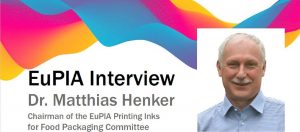
The upcoming revision of the Foodcontactmaterials legislation (expected in Q4 2022) is again an opportunity for EU legislation on printing inks for food contact materials. In this interview, Dr. Matthias Henker explains the approach at EuPIA on printing inks for food packaging and which bottlenecks should be avoided in future legislation.
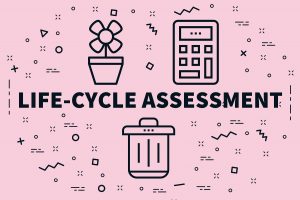
Environmental impact categories can include carbon/greenhouse gas emissions, water depletion, mineral consumption, land transformation, eutrophication, toxicity, and many more and can be undertaken through a Life Cycle Assessment (LCA).
This assessment by Nerida Kelton looks holistically at environmental impacts of products, and associated packaging, from raw materials, to production, through to household, and then at end-of-life.
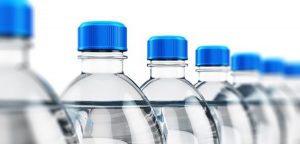
EcoBlue has been working to develop rPET grade suitable for food contact applications over the past few years. The company have received a Letter of No Objection from US FDA for rPET for food contact use. Being a part of the recycling industry over these years and also working on developing rPET grades suitable for food contact, has given EcoBlue a first-hand experience of the various elements at play in the recycling industry in the region.
Pranay Jain shares his insights with other stakeholders involved the pertinent factors that he feels have an influence on improving circularity of plastics in Asia.

As 2020 has comes to an end, Robert Lockyer, CEO and founder of Delta Global, a sustainable and innovative packaging solutions provider for luxury retail brands around the world, reflects and offers his view on what we can expect in the year to come.

In 2020, all eyes were on the pharmaceutical industry as the race for COVID-19 vaccines and treatments began. With vaccines now being rolled out all over the globe, it’s time to look to the future and what 2021 could bring. The pharmaceutical packaging industry has been experiencing substantial growth for several years, and could exceed £84 billion by 2024. Thanks to new innovations and emerging treatments, there is room for further growth in this section of the pharma industry.
So, what does this year have in store for pharmaceutical packaging? Take a look at these 2021 trends in pharmaceutical packaging.

In an Exclusive conversation with Packaging 360, Dr.Shira Rosen, Chairman at Israeli Institute of Packaging discusses various facets on contemporary issues, core strengths & challenges in the packaging industry in Israel.
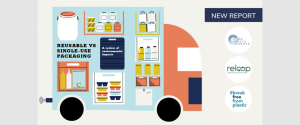
Today, Zero Waste Europe and Reloop, in partnership with the University of Utrecht, released a report showing that reusable packaging – such as bottles, crates, jars, and others – produce far fewer carbon emissions than their single-use counterparts.

Throughout the last years we have seen the growth of global trade, urbanization and population growth, with an increased pressure on exports and imports as well as packaging for the safety of goods. A faster pace of life was translated into consumption “on the go” which, naturally, increased the need for food service packaging.